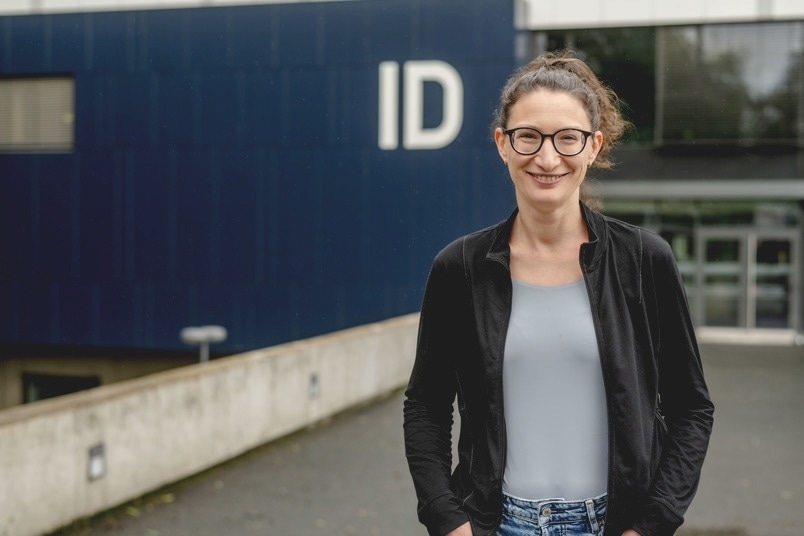For the processing of materials, lasers are a crucial instrument. Lasers are capable of cutting, welding, and removing material. High-precision microstructures, such as those required for smartphone screens and automobile technologies, may be made using a particular class of lasers called femtosecond lasers.
 In addition to her ERC Starting Grant, Clara Saraceno receives a Proof of Concept Grant from the European Research Council. Image Credit: RUB, Marquard
In addition to her ERC Starting Grant, Clara Saraceno receives a Proof of Concept Grant from the European Research Council. Image Credit: RUB, Marquard
Ruhr University Bochum’s Professor Clara Saraceno hopes to commercialize a less expensive and more effective laser technology through a proof-of-concept grant from the European Research Council (ERC) for 150,000 euros, titled “Ultrafast 2.1 µm Holmium Lasers for GHz ablation” (Giga2u). The project is set to run for 18 months.
Faster and More Efficient
A quadrillionth of a second is equal to the wavelength and duration of the light pulses produced by conventional femtosecond lasers, which have wavelengths of one micrometer. The systems are pricey and the energy per pulse is considerable.
New lasers that are faster and more efficient, while generating lower costs, could be a key technology for the market.
Clara Saraceno, Professor, Ruhr University Bochum
Clara Saraceno is creating femtosecond lasers with 2.1-micron operating wavelengths and GHz repetition frequencies as part of her ERC Starting Grant “TerAqua”. Compared to technologies now used in business, they use less energy and could be more dependable. Additionally, they guarantee reduced prices and quicker manufacturing rates. However, the systems have only been applied in scientific settings, like spectroscopy.
Testing Market Readiness
The goal of the Giga2u proof-of-concept grant is to show the technology’s potential for use in industrial environments. A device like this might be useful for ablating aqueous tissues as well as manufacturing glass and polymers. The latter could be helpful for upcoming laser surgery application directions.
The Clara Saraceno-led team of researchers wants to investigate the marketability of the technology and create a small, steady laser prototype. The group also wants to prepare the basis for starting a business throughout this period.